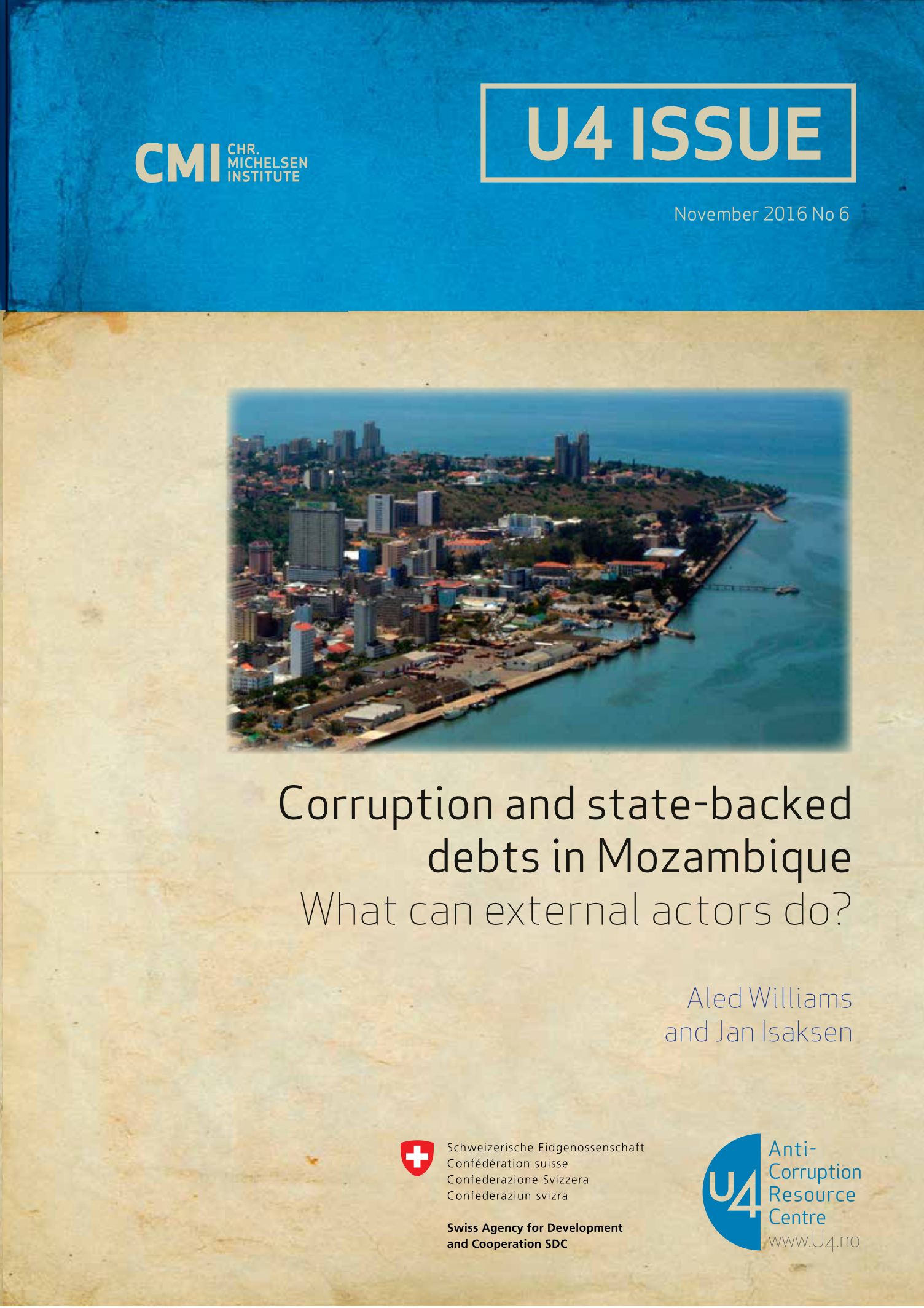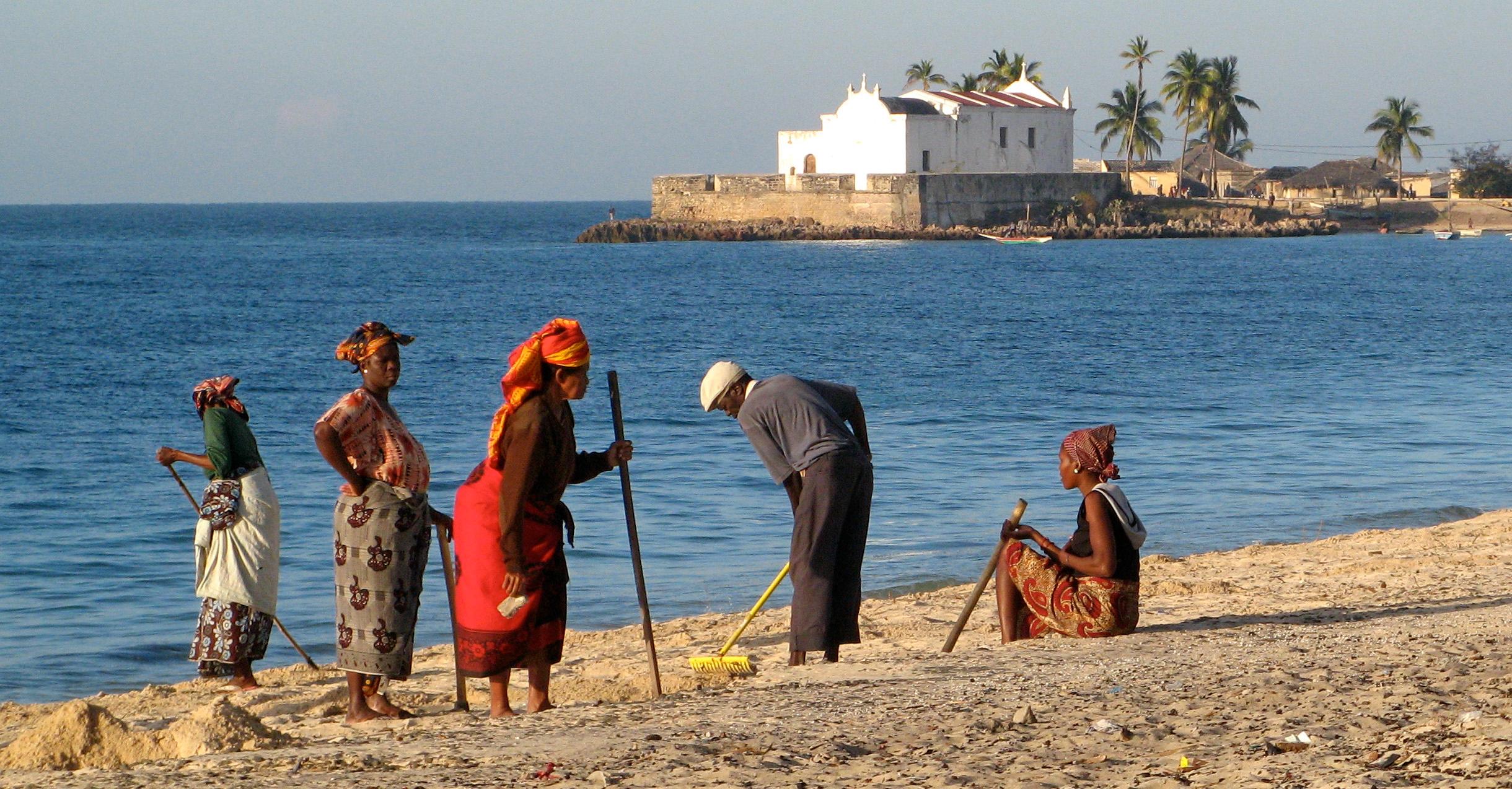U4 Issue
Corruption and state-backed debts in Mozambique: What can external actors do?
The average annual cost of corruption to Mozambique was recently estimated to be up to USD 4.9 billion for the period 2004-2014. Although some analysts have entertained the idea that investments in the country’s oil and gas sector could reach as high as USD 100 billion over the next decade, Mozambique recently faced a turn for the worse in its balance of payments problems because semi-public entities took out government-backed debts worth over USD 2 billion without fulfilling constitutional and legal requirements. These loans illustrate the mechanisms by which illicit financial flows not only leave developing countries to other locations in the global economy, but also flow back into them, bypassing formal oversight mechanisms and lending rules.
We encountered credible allegations that a small group of individuals within the Mozambican state violated laws to secure the loans and initially avoided public control mechanisms. Major financial discrepancies exist in terms of the use of the three loans and international development partners and domestic stakeholders suspect some form of corruption. An international firm will implement an independent audit financed by the Swedish government to look into the loans. The audit findings, and investigations by UK and Swiss financial regulatory bodies, will provide a focus for monitoring and evaluation work, possibly leading to criminal and administrative sanctions.

Cite this publication
Williams, A.; Isaksen, J. (2016) Corruption and state-backed debts in Mozambique: What can external actors do? Bergen: Chr. Michelsen Institute (U4 Issue 2016:6) 24 p
Disclaimer
All views in this text are the author(s)’, and may differ from the U4 partner agencies’ policies.
This work is licenced under a Creative Commons Attribution-NonCommercial-NoDerivatives 4.0 International licence (CC BY-NC-ND 4.0)


